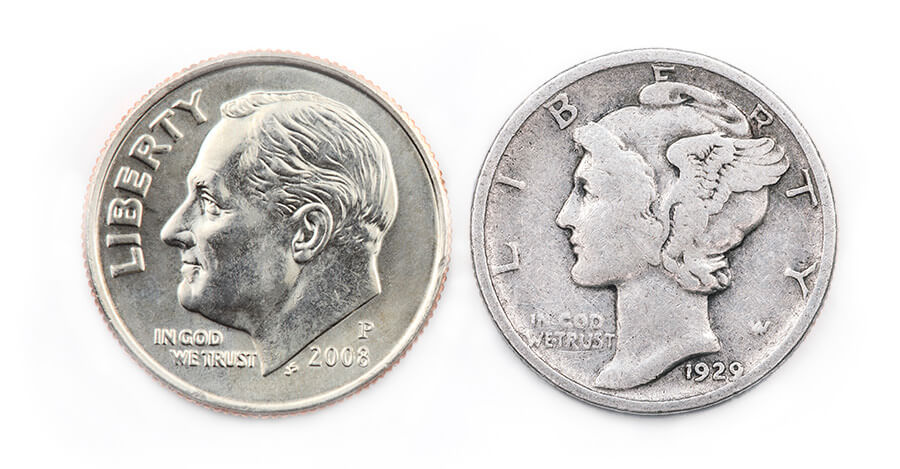
A new report from the University of Michigan Risk Science Center claims that the main reason we do not vaccinate is because we are familiar with the disease.

A new report from the University of Michigan Risk Science Center claims that the main reason we do not vaccinate is because we are familiar with the disease.

In this world full of wanderlust, with all the planes, trains, and automobiles, we can travel to remote islands and the deepest jungles or the most crowded and impressive cities. Covering these distances is something early explorers couldn’t even dream of. Still, like those early explorers, we need to be prepared for possible diseases in unfamiliar territory. A rare and unfamiliar disease for many today is Lassa Fever.

The existence of “super-bugs,” or antibiotic resistant bacteria, has become a growing fear among public health experts. Antibiotics have had a near miraculous effect on public health. But, their overuse has created bacteria resistant to many antibiotics.

It would be fairly safe to assume that if given a mauve bridesmaid’s dress or mauve curtains, most modern women would be less than enthusiastic. For years, the color mauve’s reputation has been far from fashion-forward, maybe even backward? But this wasn’t always the case.
Mauve enjoyed time in the limelight during the 19th century when the first synthetic dye mauveine, later nicknamed “mauve,” was accidentally and serendipitously discovered during the search for a malaria cure.

Smallpox, is a contagious illness that has a mysterious origin, as well as a long history.
Recently, tiny particles of the disease were discovered on an Egyptian mummy, identified as Pharaoh Ramses the V. The pharaoh reigned from 1150 – 1145 B.C., leaving the mummy 3,000 years old. In recent years, traces of smallpox were also found on two other Egyptian mummies, reigning during the Egyptian Dynasty from 1570 – 1085 B.C.
If smallpox can be found in ancient pharaohs, then how old can it be? Millennia later, there’s still much debate over this issue.

Everyone has loose change in a pocket, cupholder or piggy bank, but how often do we look at what’s on these coins? Since 1946, Franklin Delano Roosevelt, 32nd President of the United States, has been on the coin’s face. But, did you know that Roosevelt didn’t end up being on the face of a coin due to leading the nation? Instead, he is on this coin because of his drive to stop polio.

As part of our National Immunization Awareness Month coverage, we look at pneumonia, an infection that hurts many throughout the world, including people in the U.S., every year. Pneumonia is a vaccine-preventable pulmonary infection that causes coughing, fever, shortness of breath, and in some cases even death.

Jet lag is one of the most frequent complaints of travelers.
People anxiously await the holiday in another country, and upon their arrival, feel exhausted. The plans that they made previously made sometimes have to change, at least temporarily.

During the 1940s and 1950s, Americans were hit with a plague. The disease spread fear as quickly as it filled hospital beds. The plague was Polio, and no one was exempt.
Even a President of the United States, Franklin Delano Roosevelt, spent his time in office in a wheelchair due to paralysis caused by polio.
For Americans, the widespread epidemic has passed. According to the Mayo Clinic, the last naturally-occurring case of polio in the U.S. happened in 1979. Despite that knowledge and the discovery of an effective vaccine back in 1953, we still need to be wary of the disease. Unlike the iron lung that was used in treatment, polio isn’t a thing of the past.

Yellow fever, a disease spread by mosquitoes, has an extensive history spanning back to the 1600’s. Today, due mainly to vaccination, it has a much lesser impact on the developed (and developing) world, but this has not always been the case. Once considered the most dangerous infectious disease, yellow fever has been eradicated from most parts of the world, thanks to the yellow fever vaccine. In honor of National Immunization Awareness month, read on for a brief history of the disease and how vaccine development has helped eradicate yellow fever in many nations.
